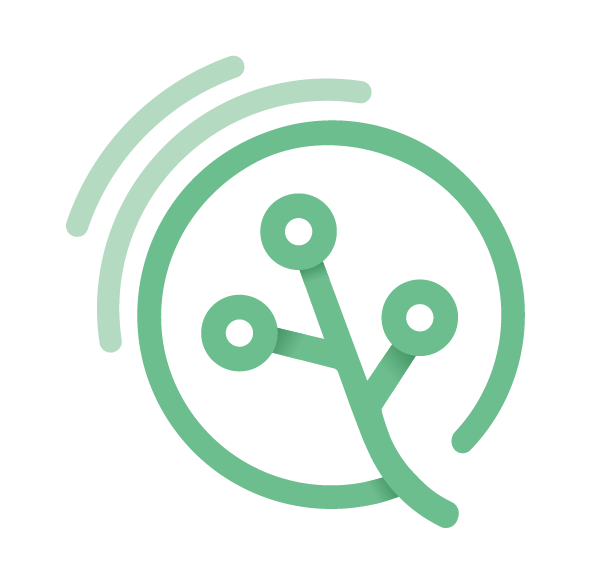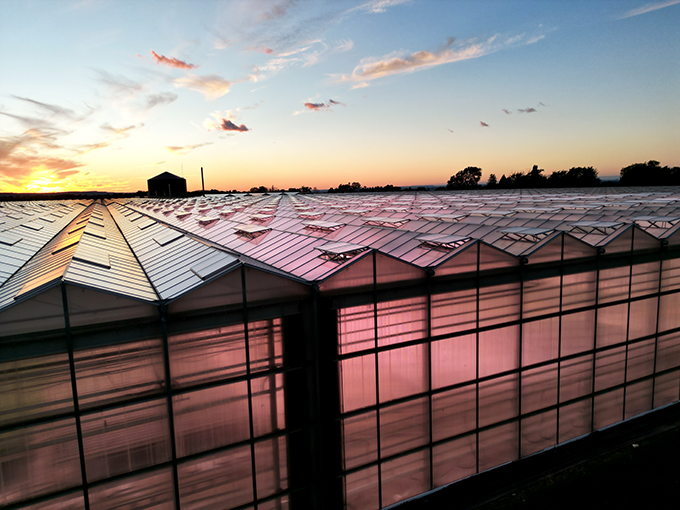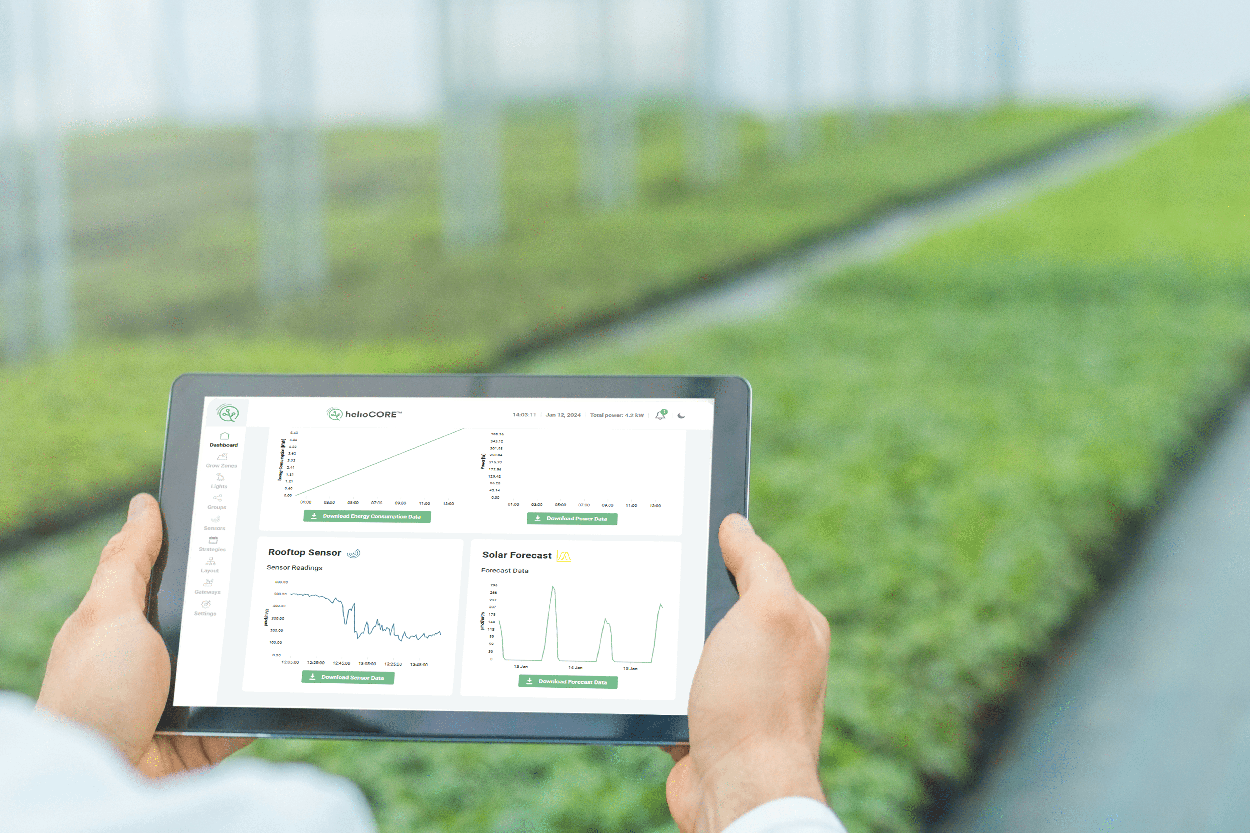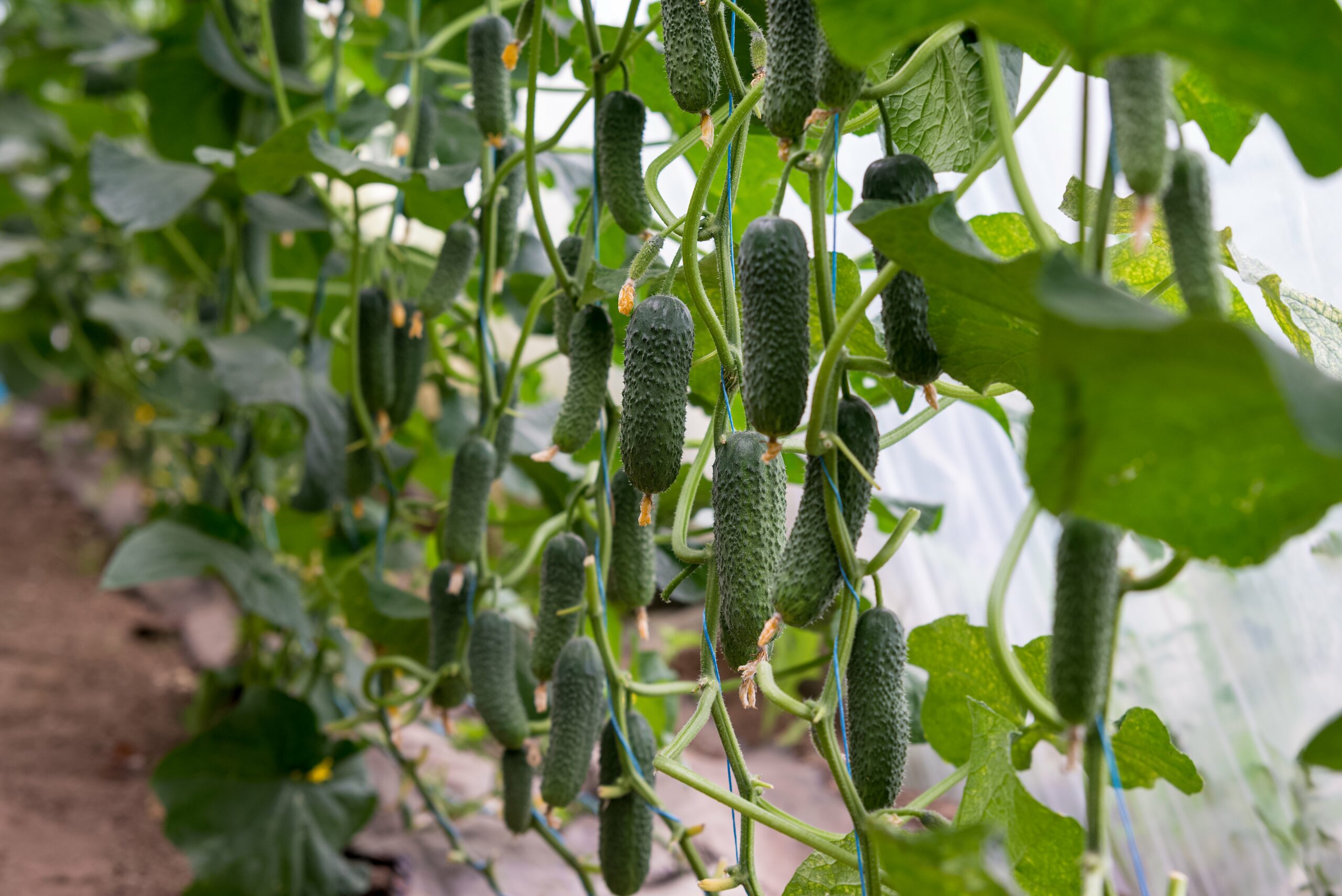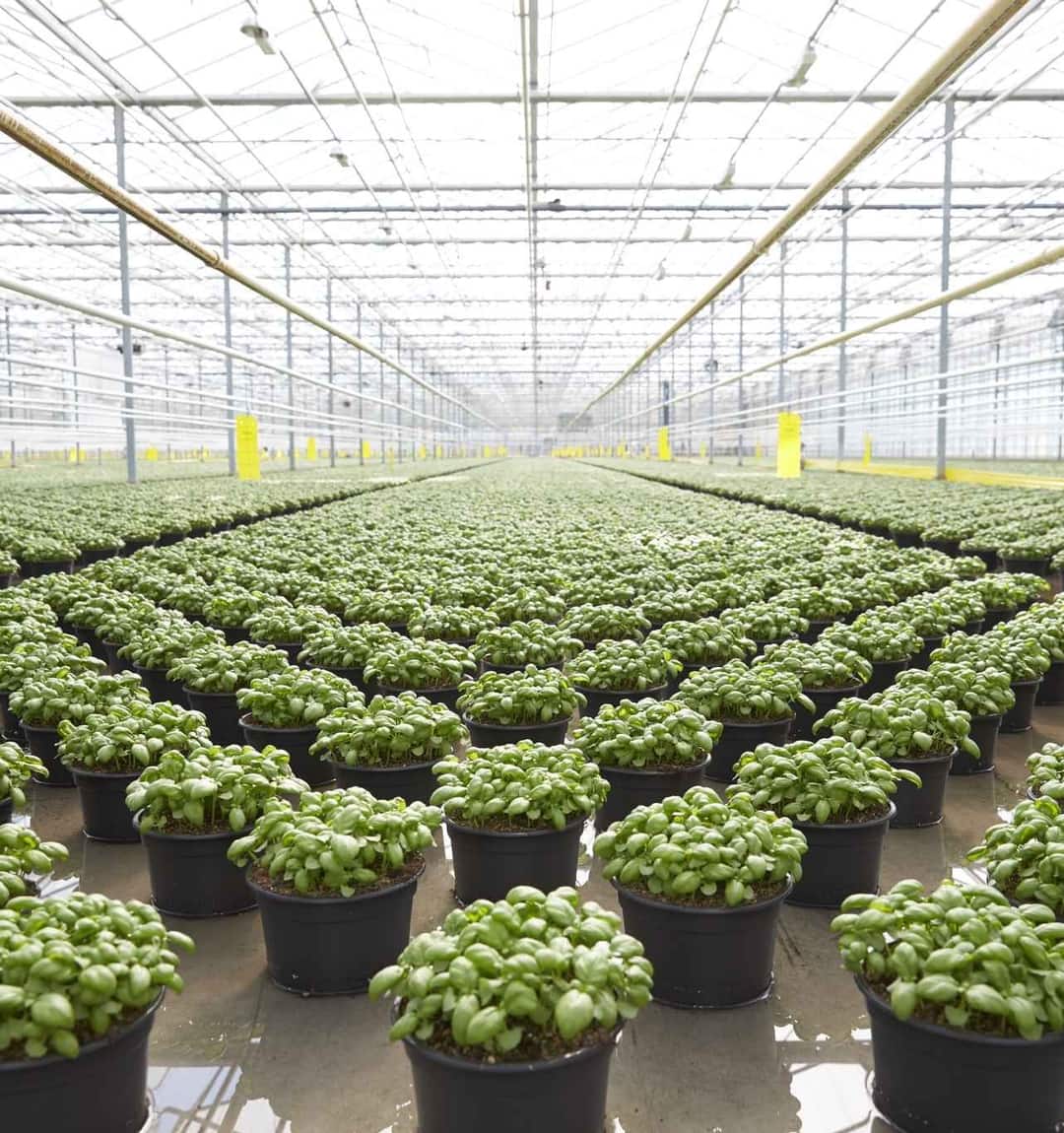Research
Articles
In our recent interview with Ida Fällström, Research Manager at Heliospectra, we gained insights into how spectrum designs are built for the purpose of achieving specific growth goals at specific growth stages.
Ida oversees our in-house Plant Lab and conducts both research and commercial crop trials to assess light strategies, plant health, and crop performance. Her focus is on learning and understanding the light your plants need to thrive and achieve your desired production outcomes.
Q: What is a Spectrum?
ida:
A light spectrum is the range of wavelengths from a light source, such as a grow light. Light can appear different between fixtures, depending on the ratio of colors, or how the colors in the spectrum are weighed against each other. The ratio of light in a fixture’s spectrum is the reason why some lights appear more red or blue, while others can appear white with warm, cold, or natural tones. One of the most important features of a grow light lies here, in the color of the light, as the spectrum may influence the development, growth, and quality of your crop.
Q: What is the impact of the ratio of light colors in a spectrum?
Ida:
Overall, the ratio of colors in the light that plants receive can strongly influence their development. The blue, green, and red spectral range (400-700 nm and possibly beyond) is referred to as photosynthetically active radiation (PAR) and represents the range of light that plants use for photosynthesis. Within PAR, the most effective light is in the red region (600-700 nm), followed by the blue (400-500 nm), and then the green (500-600 nm). The light outside of PAR, including UV (260-380 nm) and far-red (700-800 nm), is also relevant to plants, such as far-red influencing flowering and perfecting texture.
Plants not only use light for energy, they also use light as a signal that supplies information about their growth environment, which can trigger different responses in a crop. For instance, a high ratio of blue can promote compact growth in lettuce, whereas including far-red in the spectrum can promote height and an expanded leaf area. Far-red is also used for flowering crops to speed up flowering and to maintain normal development. So, looking at how the ratio of light in a spectrum can be used, it can help drive photosynthesis and it can also prompt desired growth responses.
Q: What is a Spectrum Design?
Ida:
In agriculture, a spectrum design is a spectrum tailored to achieve specific crop and/or production goals. At Heliospectra, our spectrum designs are the culmination of years of research and lighting trials, conducted in-house and in cooperation with numerous growers, research institutes, and educational institutions, to determine the effects of light in various crop and growth environments. Our spectrum design development spans all the way from academia to application, from the research bench to reality.
Different crops and growth stages require different spectra to induce specific growth responses. To evaluate which light triggers which growth responses, we have investigated numerous spectra, where we have altered the ratios between wavebands, such as blue: red or red:far-red, on different crops in both greenhouse and sole-source environments.
A spectrum can affect different growth characteristics, including plant health, root development, fresh weight, flowering yield, fruiting, flavor, compactness, color, and nutrition.
The ultimate objective of a spectrum design is to provide the ideal light to achieve the desired growth goals in the most efficient way possible for the grower.
Q: What is meant by the term “growth goals” and what spectra can be applied to help meet those goals?
Ida:
Growth goals are the traits the grower is aiming for with respect to crop quality, such as height, color, flavor, compounds, flowering, and others I have mentioned. Growth goals can also include production objectives, such as increasing crop yield or speeding up time to market.
At Heliospectra, we work with our growers to define their goals, like achieving greater plant height, and we evaluate how different spectra affect height in their particular crop at a particular growth stage, in order to suggest the right spectrum for their needs.
Q: How can LED technology and research be used to achieve the desired results?
Ida:
Say we want to create a spectrum to optimize the tomato seedling stage, then what we do is we look at what we know for light requirements for tomato seedlings, what is the research and our experience, and we create that spectrum. Once it is created, we then, of course, confirm it. Once it is confirmed and it passes our approval, then we introduce it to our spectrum portfolio.
We arrive at a spectrum from many different approaches: from plant needs to quality expectations, and more, and we match all of these up to the technology, ensuring we are providing the right light as efficiently as possible and using the best diodes for the purpose. For instance, if we want to be able to provide light for a propagator, that light might look different than the light we would use for growers that are going to produce that tomato crop and push it through all the stages into fruiting. So, we don’t look for one solution that fits all, we look at the application and how we can best fill that gap and provide growers with the best light possible.
Q: Can you provide a couple of examples of spectrum designs and their use cases?
Ida:
For our MITRA lamps, for example, there are years of research behind the three available spectrum designs, and their use cases reach far beyond their original intention. If we look at our Vega spectrum (below), it was built on our understanding of the vegetative needs of cannabis, which was traditionally grown under a blue-heavy static bulb. So, our approach was to ensure the light given to the crop at that stage was more blue-heavy. But blue-heavy light is also very useful for leafy greens in a greenhouse for keeping them more compact and for giving good coloration to red lettuce. Vega also maintains a balanced spectrum, so you also get the green and the red parts to stimulate healthy growth.
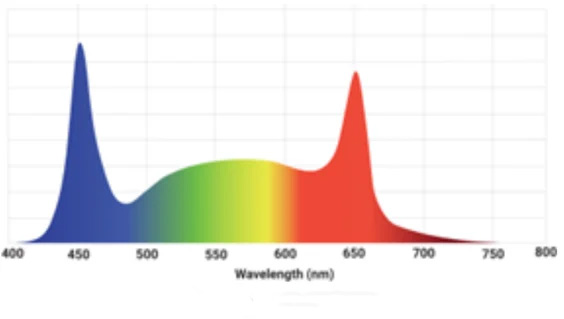

Another example, our Lyra spectrum (above), was built as a flowering spectrum. It is more red-heavy and it also contains far-red. The Lyra spectrum is useful for a greenhouse environment where the natural light levels are low. Supplementing with Lyra provides a balanced spectrum with far-red that can not only help with flowering and fruiting but also with leaf expansion and plant elongation which enables better light penetration.
In addition to MITRA, all of our lights are broad-spectrum, meaning that they contain blue, green, and red, so we cover the whole area in the PAR region in different ratios according to the application. Plus, we add far-red to some spectrum designs for different growing applications. Some of our lamps and spectrum designs also provide the option of applying only far-red without any light in the par region. This has applications for end-of-day (EOD) and end-of-production (EOP) treatments, like using EOP far-red to eliminate chill damage when transporting potted basil to market.
We are continually developing our spectrum design portfolio and our understanding of light applications, and we make sure the light is delivered in the most efficient and functional way through our product development. Ultimately, we base everything we do on what plants need and what growers need to take crops through all stages of production and then to market.
Summary: The importance of working with Agriculture Lighting Specialists
Getting the spectrum right is just one part of working with light. Ida and our helioCARE™ team of agriculture lighting specialists will devise a custom strategy that will also optimize light intensity and photoperiod, to accelerate your growth processes and achieve your specific crop and business objectives. Ready to get started? Let’s talk.
Get in touch with us!
From custom light planning, to tailored quotes, and everything in between,
our team of horticulture experts are always ready to assist.
